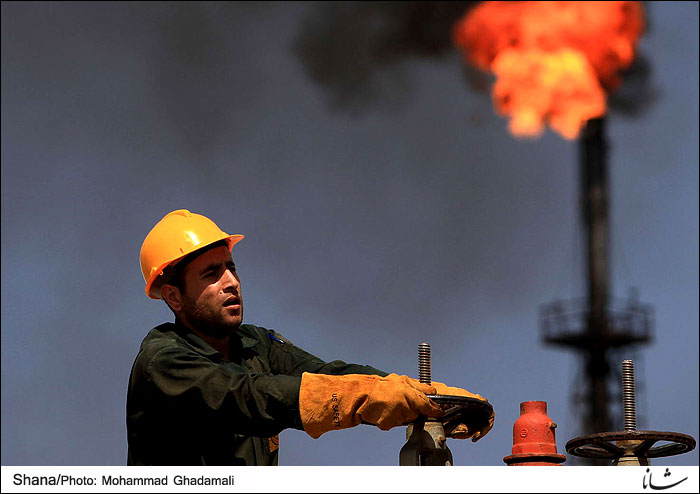 Tehran, Iran ranks fifth and first in gas storage capacity in the world and the Middle East respectively.
Tehran, Iran ranks fifth and first in gas storage capacity in the world and the Middle East respectively.This was achieved with the implementation of major gas storage projects in Serajeh (Qom province), Sarakhs (Khorasan Razavi province) and Shourijeh (Fars province).
Iran began underground gas storage in 2008 and soon achieved a high international status in this regard.
Currently, the country is capable of securing continuous gas supply in winter.
Gas storage project is a national strategic plan. As required by international standards, each country should store up to 14 percent of its gas output.
In addition to securing continuous gas supply, the measure provides the country with an economic asset.
Serajeh gas storage facility was Iran?s first project in this respect. By producing 10 mcm per day in winter, it played a crucial role in meeting the country?s gas demand.
Shourijeh gas storage facility was the country?s second gas storage project, which was launched in 2010.
Currently, three compressors, each with a capacity of 3.6 mcm, pump 10 mcm of gas into the facility. In winter, 20 mcm of natural gas can be extracted from the facility.
So far, 300 mcm of natural gas have been stored in the facility to address the gas shortage of northern provinces in winter.
Once the project is completed, gas imports from Turkmenistan will decline.
In August, the UK-based energy giant, BP, slashed its global natural gas reserves estimate for the first time in decades, sharply dropping Russia?s classified holdings and placing Iran at the top of the world?s gas-rich countries.
In its Statistical Review of World Energy, the BP classed Iran as the world�s top gas reserves holder with 33.6 trillion cubic meters.
The company downgraded Russia�s reserves estimate to 32.9 trillion cubic meters from 44.6 trillion cubic meters in last year?s report, putting global proven gas reserves at 187.3 trillion cubic meters as of the end of 2012.
Iran intends to boost gas production by attracting foreign and domestic investments, especially in South Pars Gas Field.
South Pars is part of a wider gas field shared with Qatar. The larger field covers an area of 9,700 square kilometers, 3,700 square kilometers of which are in Iran?s territorial waters (South Pars) in the Persian Gulf. The remaining 6,000 square kilometers, referred to as North Dome, are in Qatar?s territorial waters.
By IRNA
The Iran Project is not responsible for the content of quoted articles.










